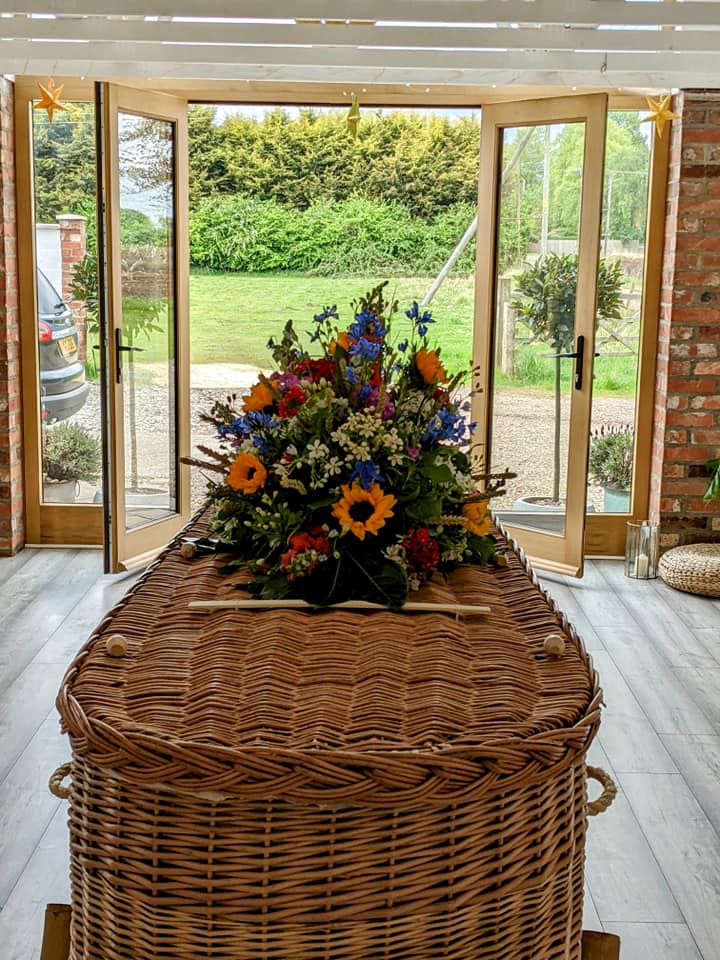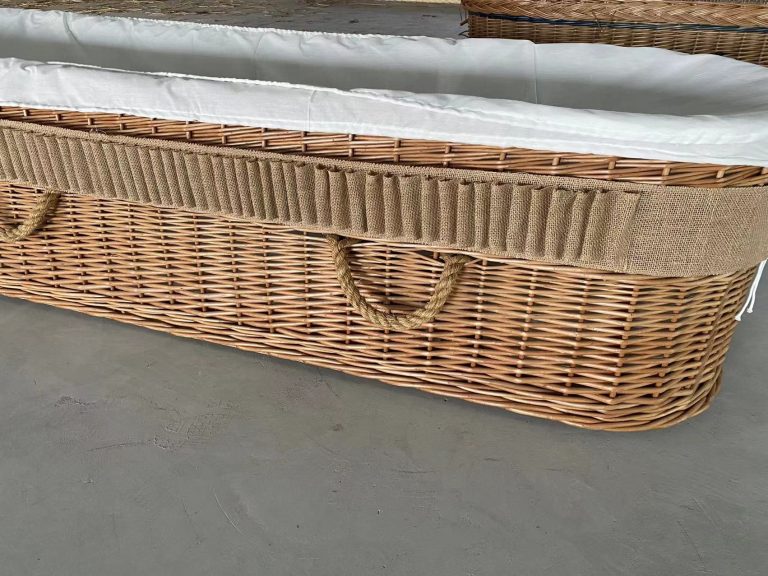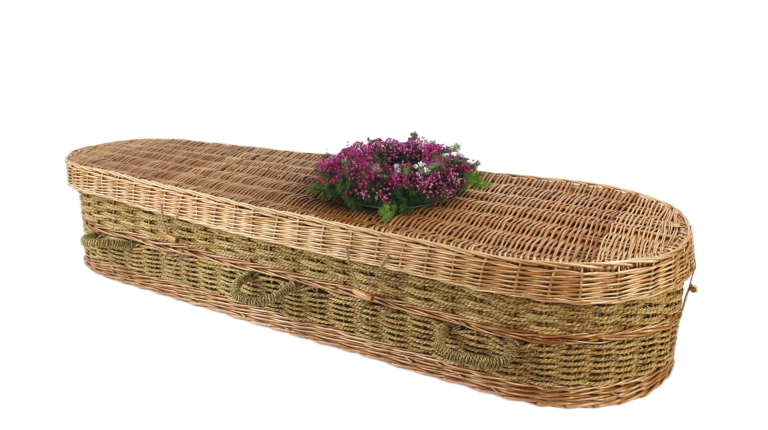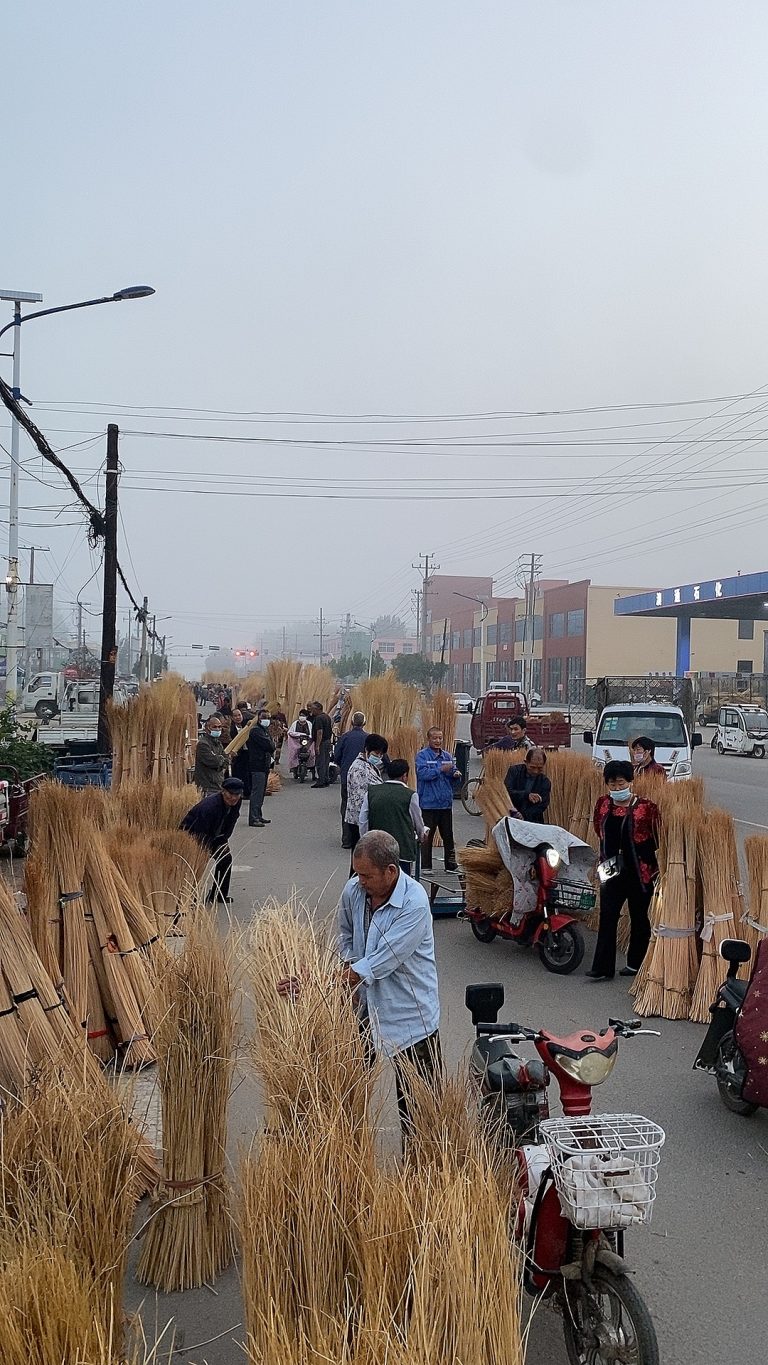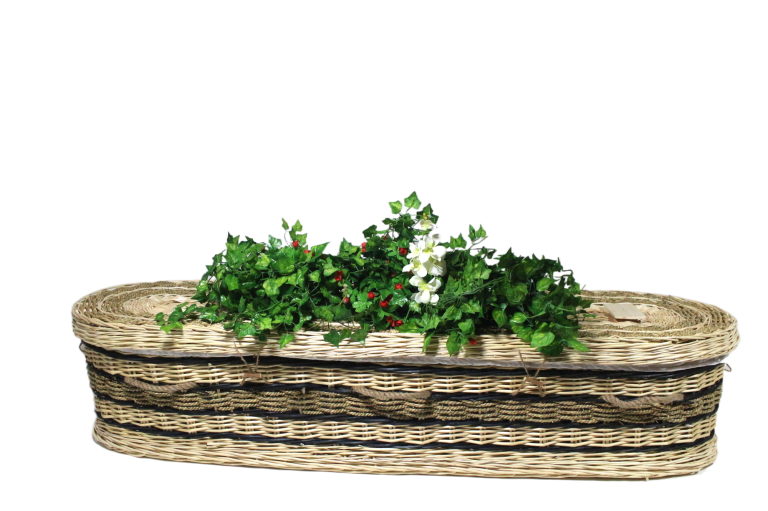In an era marked by climate urgency and cultural reawakening, the willow coffin—a biodegradable burial vessel woven from natural materials—has emerged as a symbol of harmony between humanity and the Earth. While its origins trace back to ancient practices in Europe and Asia, the modern willow coffin industry has found its epicenter in Linyi, Shandong Province, China, where factories like Phoenixnest Crafts Co., Ltd. and Roconly Craft factory have refined this craft into a global phenomenon. This article explores the cultural significance, environmental benefits, and economic impact of willow coffins, with a focus on China’s Shandong region as its production hub.
1. The Essence of willow coffins: Tradition Meets Ecology
willow coffins, also termed wicker coffins or basket coffins, are handwoven containers made from renewable materials like willow , bamboo, and seagrass. Unlike traditional hardwood caskets, they decompose rapidly—often within months—enriching soil rather than polluting it . Their construction involves interlacing flexible plant fibers into intricate patterns, a technique refined over centuries. In Shandong’s Linyi region, artisans use locally sourced willow saplings, which thrive in the province’s temperate climate and are harvested annually without harming the ecosystem .
The ecological appeal lies in their lifecycle: from cultivation to decomposition, willow coffins leave no toxic residues. This contrasts sharply with conventional caskets, which release formaldehyde and metals into the ground . As global demand for sustainable alternatives surges—driven by 60% of consumers prioritizing eco-friendly deathcare—willow coffins have gained traction in markets from North America to Australia .
2. Global Adoption: A Tapestry of Cultural Adaptation
willow coffins are not static artifacts; they reflect regional identities. In New Orleans, where high water tables make in-ground burials impractical, above-ground crypts often incorporate willow coffins to mitigate moisture damage . In the UK, they align with natural burial movements, blending Celtic knotwork with minimalist designs . Meanwhile, Australia’s drought-resistant willow hybrids cater to arid landscapes, showcasing adaptive craftsmanship .
China’s contribution lies in scaling production while preserving tradition. Shandong factories export over 500,000 willow coffins annually to 40 countries, including Japan and Germany, where eco-certifications like FFMA and CCSA validate their compliance with international standards .
3. Shandong’s Industrial Ecosystem: From Craft to Commerce
The Linyi region’s dominance stems from a synergy of resources, labor, and innovation:
• Material Sourcing: The area hosts vast willow plantations, with saplings regrown annually through coppicing. This ensures sustainability and supports rural economies .
• Artisanal Expertise: Techniques passed down for generations involve hand-weaving on bamboo frames. Factories like Phoenixnest Craft employ 40+ skilled workers to craft coffins with (180 kg) load-bearing capacity, meeting rigorous funeral standards .
• Market Expansion: Leveraging e-commerce platforms like Alibaba, Shandong manufacturers offer customizable designs—from floral-adorned models to minimalist versions—catering to diaspora communities and eco-conscious families .
This industrial ecosystem generates $12 million annually in exports, positioning Shandong as a global leader in biodegradable funeral products .
4. Challenges and Innovations
Despite growth, the sector faces hurdles:
• Cost Barriers: While cheaper than hardwood caskets (900–3,000 vs. 2,000–5,000), willow coffins remain inaccessible to low-income demographics .
• Regulatory Hurdles: Varying cremation and burial laws complicate market entry. For instance, U.S. states like California mandate specific material safety standards for cremation .
Innovations address these issues:
• Hybrid Designs: Combining willow with mycelium or recycled plastics enhances durability and affordability .
• 3D Printing: Customizable digital molds allow rapid prototyping, reducing production time by 40% .
5. The Future: willow coffins as Cultural and Ecological Icons
As the biodegradable coffin market expands to a projected $2.5 billion by 2033, Shandong’s factories are poised to lead this revolution. By integrating AI-driven design tools and blockchain for supply-chain transparency, they aim to democratize sustainable deathcare. Moreover, collaborations with Indigenous Australian and Nordic designers highlight a future where willow coffins transcend cultural boundaries, embodying universal reverence for nature.
In conclusion, the willow coffin epitomizes a paradigm shift—one where tradition and ecology coalesce to redefine legacy. As Shandong’s artisans weave the past into the future, their work transcends borders, offering a gentle, enduring farewell to our planet.
We are a factory supporting eco friendly green funeral(natural willow coffins\bamboo caskets and so on) .. for detail please contact us www.phoenixnestcoffins.com;
Phoenix Nest ( Shandong ) Crafts Co.,Ltd.
Whatsapp: +86-18265103836 (Whatsapp & Wechat & Tel)
Email: jason@phoenxinestcoffin.cn
#willow coffin#greencoffins#bamboocaskets#urns#naturalcoffins#chinafactory#scattertube#naturalburial#FuneralSupplies#cross#flowerbands#shrouds #carrierfuneral Our delivery service is fast and reliable and we take pride in every coffin that leaves us, so that families will be delighted#phoenixnestcoffins #funeralhome #funeral #greenburialground #burialground #cremated@everyone@followers
Our delivery service is fast and reliable and we take pride in every coffin that leaves us, so that families will be delighted#phoenixnestcoffins #funeralhome #funeral #greenburialground #burialground #cremated@everyone@followers

